Sea trout are fascinating fish known for their unique life cycle, migrating between freshwater and saltwater. This guide explores their characteristics, behavior, and how to identify them, providing clear and concise information for fish enthusiasts and curious readers alike.
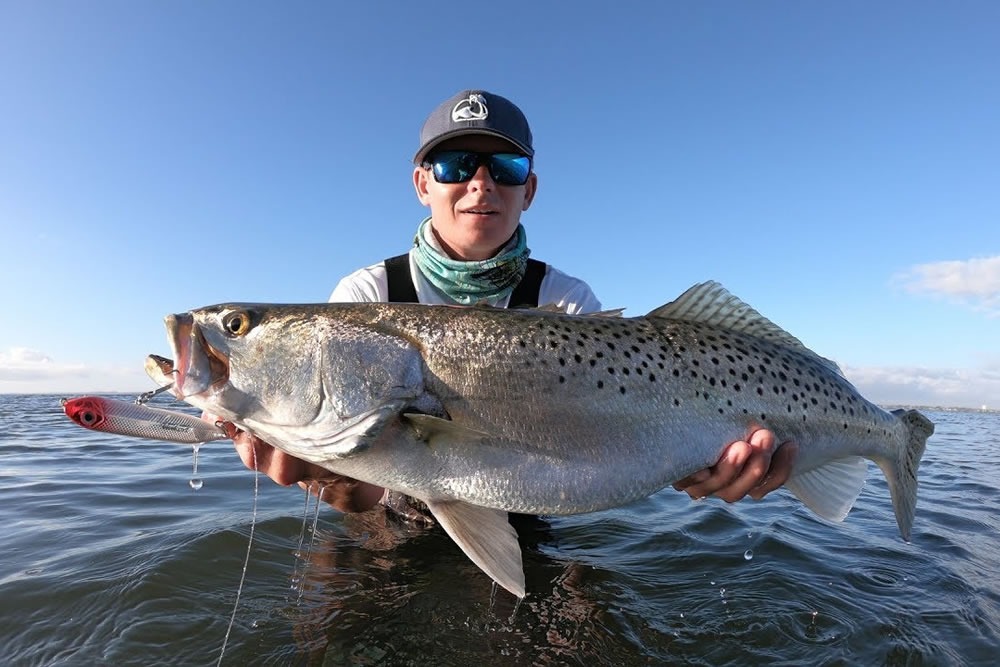
Basic Info
- Common Name: Sea Trout
- Scientific Name: Salmo trutta trutta
- Group Name: Salmonidae (salmon family)
- Average Life Span In The Wild: 5-10 years
- Size: Can reach lengths of up to 1 meter (3 feet)
- Weight: Can weigh up to 15 kilograms (33 pounds)
Behavior
- Sea trout are known for their unique life cycle, which involves migration between freshwater and saltwater habitats. They are born in freshwater rivers and streams, where they spend their early years before migrating to the sea. This migration usually occurs during their juvenile stage, at around 1 to 3 years of age. After spending one to three years in the sea, they return to their natal rivers to spawn.
- During their time in the sea, sea trout exhibit behavior similar to that of salmon, feeding on a diet of fish, crustaceans, and other marine organisms. They are strong swimmers and are known for their ability to navigate long distances to return to their birthplace for spawning.
How to Identify a Sea Trout
Identifying a sea trout can be challenging, especially since they share many physical characteristics with other trout species. However, there are several key features to look for:
- Coloration: Sea trout have a silvery sheen, especially when they are in saltwater. This silver coloration helps them blend into their marine environment. In freshwater, particularly during spawning season, their color can darken, and they may develop a more mottled or brownish appearance.
- Spots: Sea trout typically have black spots on their bodies, which are most prominent on their back and upper sides. These spots can also be found on the gill covers. Unlike other trout species, sea trout usually lack the distinctive red or orange spots seen in brown trout.
- Body Shape: Sea trout have a streamlined, elongated body that is well-suited for their migratory lifestyle. Their fins are well-developed, aiding in their swimming ability.
- Tail: The tail of a sea trout is slightly forked, which differentiates it from some other trout species whose tails are more square or rounded.
- Head: The head of a sea trout is generally shorter and more rounded compared to that of other trout species, with a slightly hooked lower jaw, especially in males during spawning season.
Sea trout are beautiful and fascinating creatures that play an important role in marine ecosystems. If you’re lucky enough to see one in the wild, you’re sure to be impressed by their grace and agility.
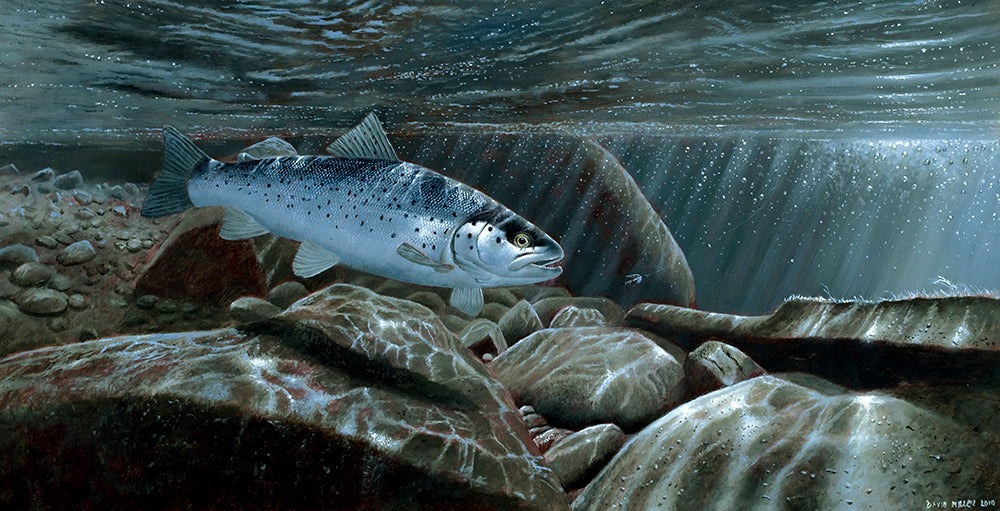




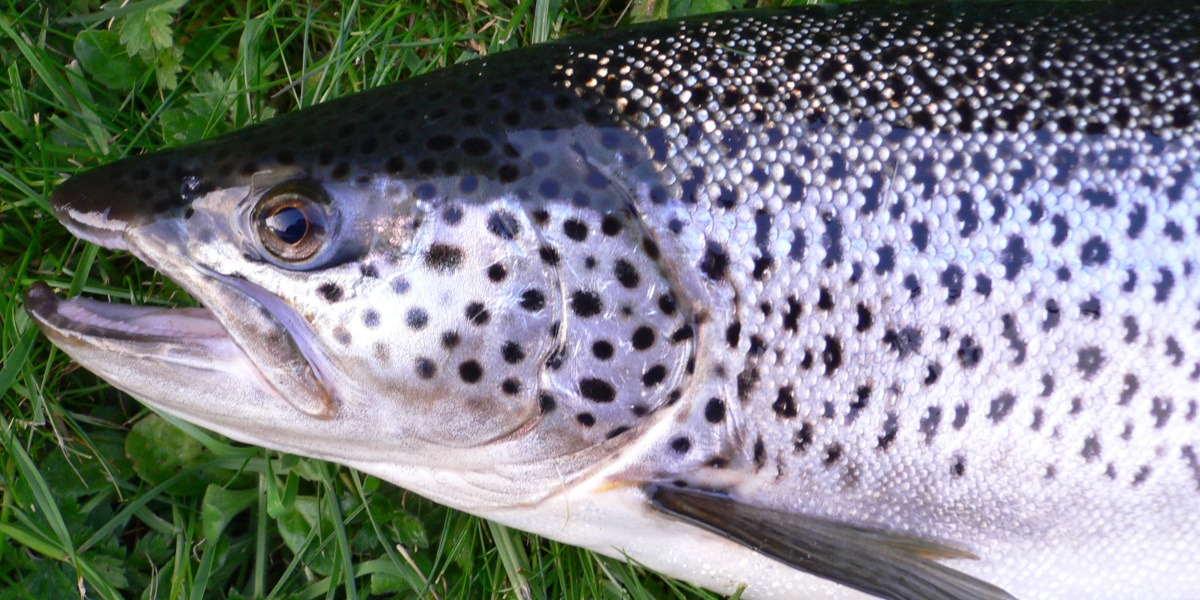

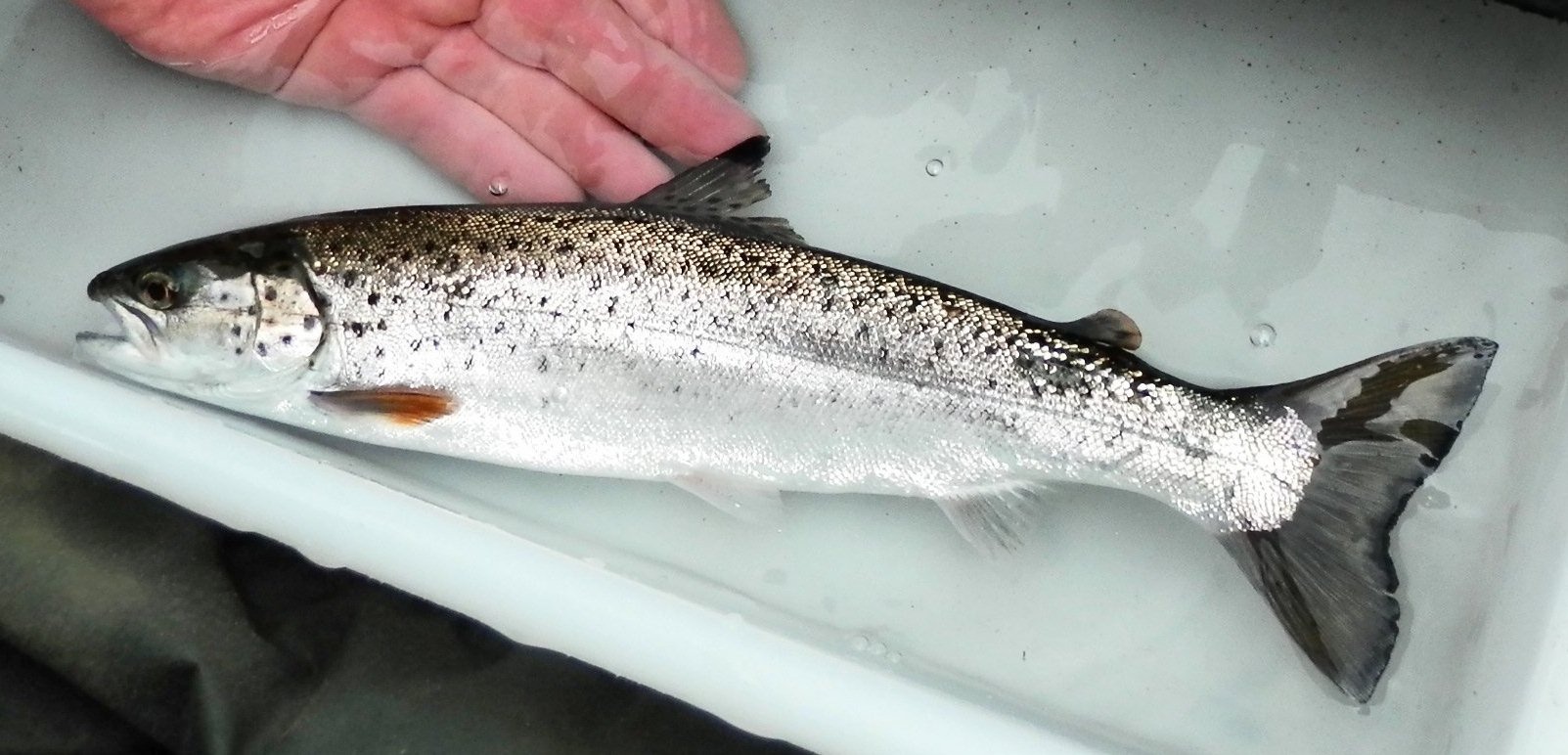

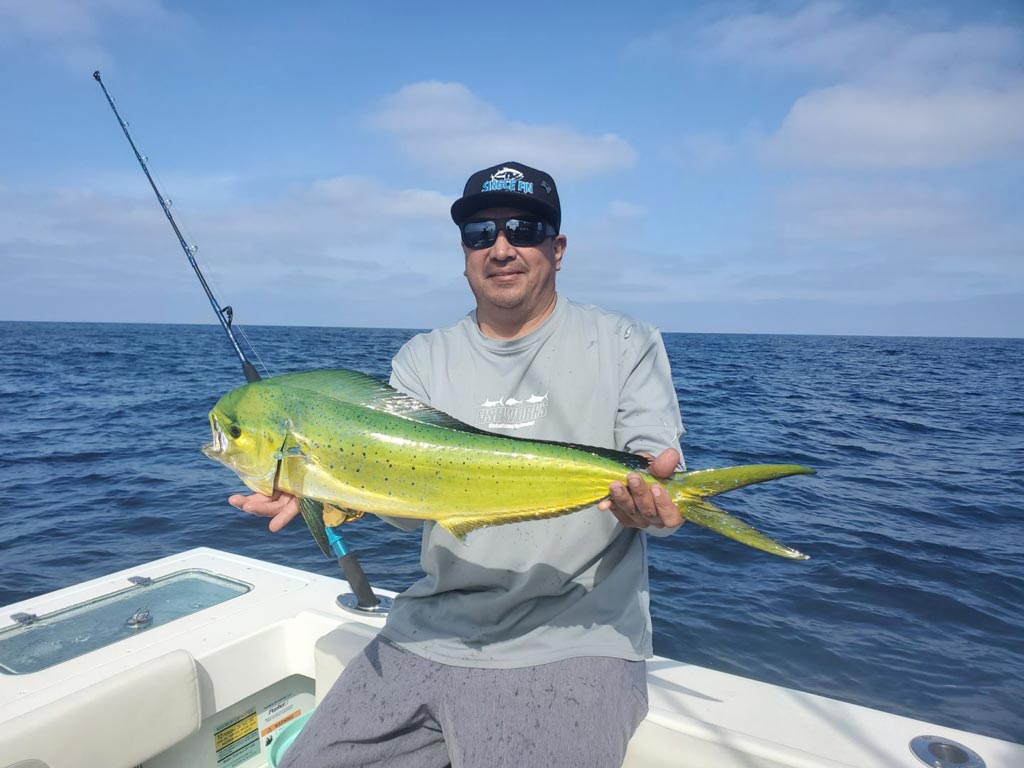
Robert Smith is the proud owner of Bait Barrels and Bows, a premier fishing sports store established in 1989. With over three decades of experience in the industry, Robert has honed his skills to become an expert angler, sharing his vast knowledge and passion for fishing with enthusiasts around the world. Through his store and writings, Robert provides invaluable tips and guidance, helping both novice and seasoned anglers improve their techniques and enjoy the sport to its fullest. His commitment to the fishing community is evident in his dedication to quality products and excellent customer service.

